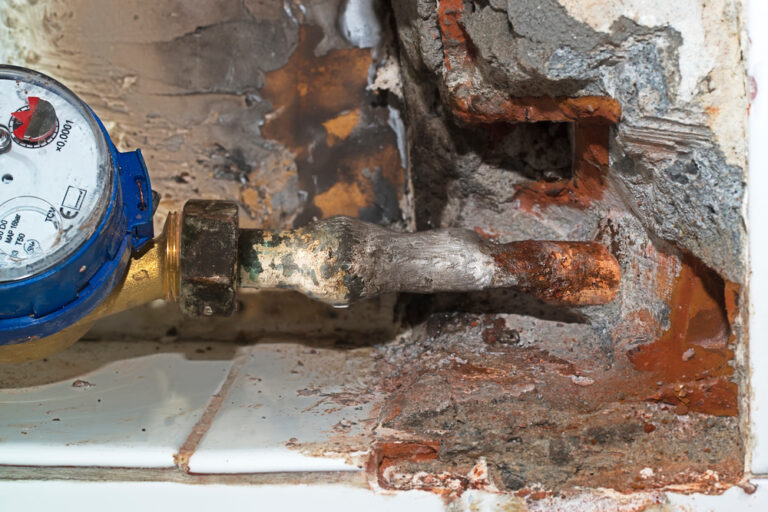The EPA estimates approximately 9.2 million lead pipe lines are used to carry drinking water to homes across the United States. The Bipartisan Infrastructure Law made $15 billion available through the Drinking Water State Revolving Fund (DWSRF) to provide loans in support of lead pipe replacement projects in cities across the nation.

“Washington, Oregon, Maine and Alaska declined all or most of their federal funds in the first of five years that the mix of grants and loans is available, The Associated Press found,” according to PBS. “Some states are less prepared to pay for lead removal projects because, in many cases, the lead must first be found, experts said. And communities are hesitant to take out loans to search for their lead pipes.”
Lead pipes corrode over time and cause exposure to lead through drinking water. Lead exposure can cause irreversible damage, including decreased IQ, academic performance, and attention span in children. It has also been shown to lead to increased impulsivity and hyperactivity. In adults, lead exposure has been shown to cause increased blood pressure, hypertension, coronary heart disease, heart attacks, cognitive function decrements, and symptoms of depression and anxiety.
“The location of many lead pipes is a mystery,” PBS notes. “The EPA is requiring communities to provide initial inventories of their lead pipes by October 2024. Maine, which banned lead pipes far earlier than most states, said other funds would be used for inventories and they didn’t have lead replacement projects ready to fund. Most states that rejected funding initially indicated they would probably ask for money in later years.”
Federal funding for lead pipe replacement requires the entire line to be replaced. However, many utility companies only claim ownership of a pipe until it hits a homeowner’s property line. Grants could assist with costs to replace the homeowner’s side of the pipe, says Deirdre Finn, executive director of the Council of Infrastructure Financing Authorities, a group that represents the federally funded state programs that distribute infrastructure funds, according to PBS.
The funds that were initially available to states were based on each state’s general infrastructure needs rather than the number of lead pipes in their systems. Later, the Agency created estimates of the number of lead pipes in each state to determine the amount of funding available in future years. This meant some states were initially offered more funds than could be spent.
“In May, for example, Alaska told the EPA it wanted just $6.8 million of the $28 million it was entitled to receive,” PBS continues. “Carrie Bohan, facilities program manager in the division of water at the Alaska Department of Environmental Conservation, said utilities’ demand for loans to inventory their systems for lead pipes is ‘very, very small.’ But over five years, there will be plenty of federal funds available to find the small number of lead pipes in Alaska and replace them.
“The [EPA] said it is reviewing state requests to decline funds but did not provide a full list of states that have said no so far. That information will be available in October, officials said. States that declined first-year funds can still accept them during the remaining four years.”
Any money that isn’t used by the designated states will be redistributed to be made available for states that need additional funding.